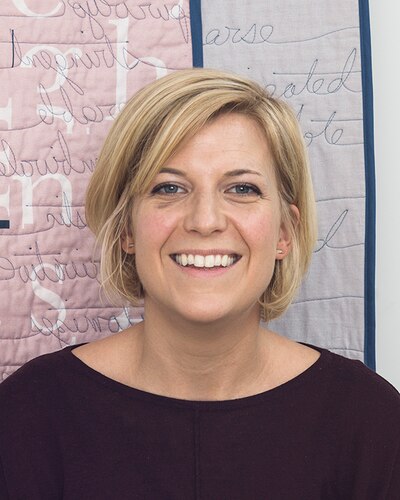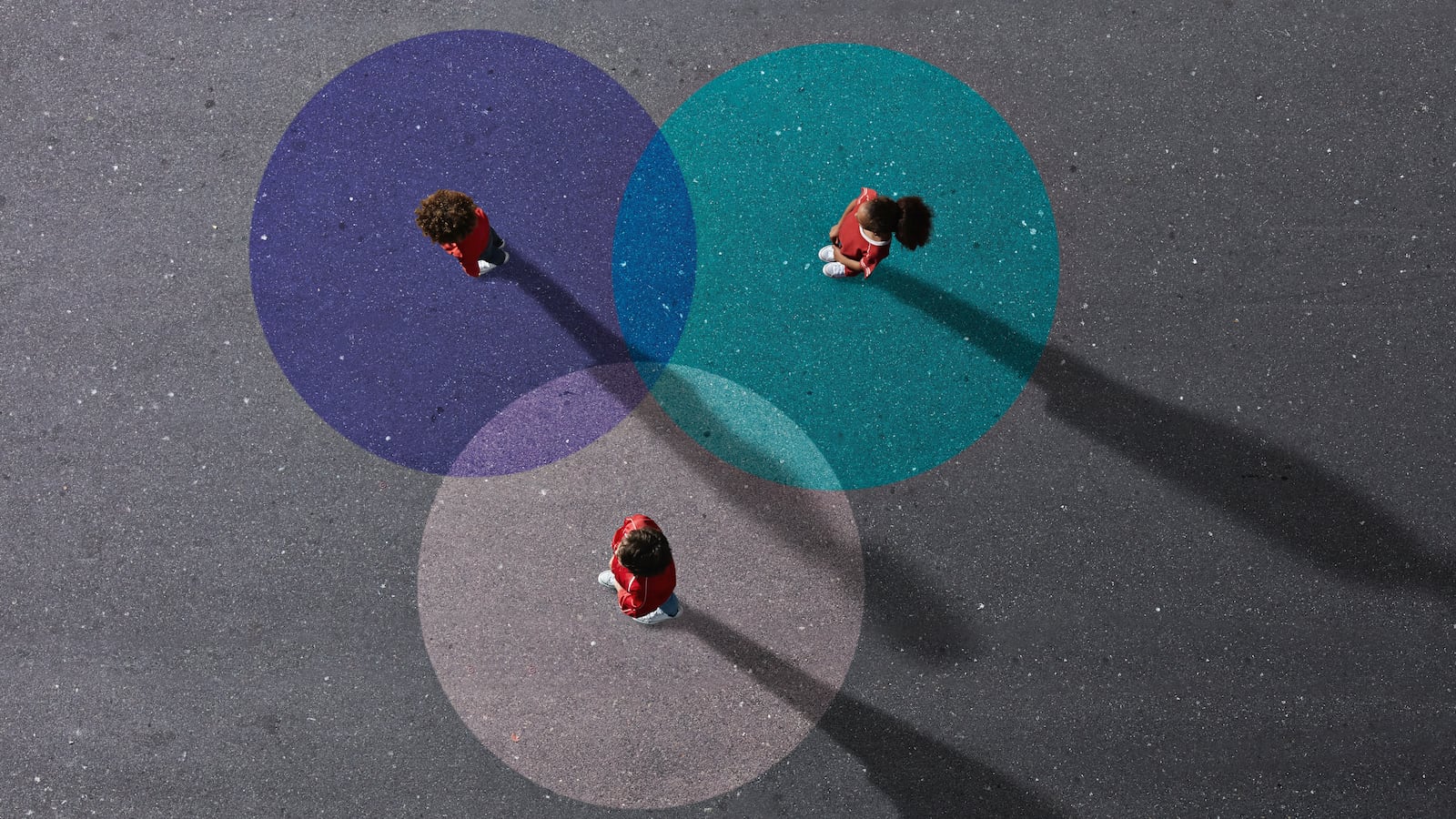If New York City public schools open this fall, my second grader and fifth grader will be going to school in-person for just one third of the usual time. It is a confusing schedule that means they will spend only one or two days a week in school. The rest of the time, we have to figure out on our own what to do with them.

Along with a lot of other parents, many of us have been approached about creating small groups of children led by a babysitter or tutor, also known as “podding.” We’ve been engaged in quiet discussions, and been flirted with by other families trying to gauge if our safety practices and interest match their own. These conversations are hidden, because podding is by its very nature exclusive. The idea behind podding is to have your child interact with as few kids as possible, while still getting academic and social-emotional outlets that we all know children need, along with outside care that permits parents to work.
And there is an inherent problem with podding: It is isolating. It demands people shrink their social circles, while any larger sense of community slips further and further away. Articles about the inequities inherent in podding often reach the same conclusion: There isn’t much choice for parents. It’s the nature of the times in which we live.
But must that really be true? As podding became a buzzword this summer, I began wondering if getting the entire community involved to figure out “off-day” care for children when schools reopen could help circumvent little pods that serve just the affluent families who can afford it, and instead create a safe, educational option for kids that every family, regardless of income, could access.
My children’s public elementary school in Brooklyn serves over 900 students, from pre-K through fifth grade. At last count, 41 percent were Black, 31 percent white, 16 percent Hispanic and 8 percent Asian. More than a third met the federal qualifications for free or reduced-price lunch, meaning they made less than $48,000 a year for a family of four.
This school is both a beloved and an overwhelmingly frustrating institution, in the way that so many underfunded, neighborhood schools are. Although we often tout our diversity, we also struggle with inclusion and equitable ways of distributing resources and building community across the whole school.
A month ago, another mother and I got together to explore whether parents at our school could create a different option to care for kids on the off days they’re not in school that would include everyone in our diverse school community. We didn’t necessarily support or condemn any given reopening plan — we just knew that whenever and however schools reopen, our school community would need to be there for one another.
We organized a Zoom call. More than 120 parents joined.
Nearly everyone was excited about finding a way to give every family in our community a safe and engaging place to send their children on days when school wouldn’t be in session for them. But the parents also had a dizzying array of needs and safety concerns, as we discovered when we sent out a survey.
Those who work full-time needed something different than those with more flexible work schedules. Some parents cared more about academics; others cared most about giving their kids a chance to socialize. And, of course, there were different levels of safety concerns: Some families are continuing to isolate because they have aging relatives or health issues that put them at high risk for COVID-19 complications. Others have been taking public transportation to work for months.
It was clear, though, that nearly everyone was desperate for help. We knew we were onto something, so we started making calls in search of spaces to gather the cohorts of nine or so students that our school is grouping together on the days they’re not in class. We knew this would be the biggest hurdle. There is plenty of space sitting closed and empty that could accommodate these small clutches of kids on off days better than our own homes — including offices, church sanctuaries and even stadiums — but they’re not approved specifically for child care.
We also called after-school programs, tutoring companies and summer camps to see if any could step in and provide trained staff to watch over our kids. They have been enthusiastic about jumping in to help, but the process for getting approval to run these programs outside of schools and licensed child care facilities is opaque. All of it is expensive.
But we believe it can work, if government and businesses help parent communities like ours to act creatively: Companies and organizations could be incentivized, with tax breaks or subsidies, to help provide spaces for care in this unprecedented crisis. Approvals could be streamlined. Philanthropy could provide grants or stipends to parent groups to subsidize the cost of care and make it accessible for all.
Mayor Bill de Blasio promised to provide 50,000 child care seats this fall, but this isn’t nearly enough. All work is essential. We need city government, elected officials and businesses to start thinking about how to empower parent communities to provide off-day care for every family. Until then, school communities like ours have to look to ourselves to generate solutions that ensure every child has a safe place to be.
In the weeks ahead, we’ll be asking parents who have greater resources to contribute to the care of all children in their communities. We’ll be asking others to contribute in different ways, however they can, whether it’s with time, space, logistics, information-gathering or fundraising.
We’ve searched for other schools where parents are working together in similar ways. We haven’t found any yet. It’s another moment when this pandemic has made us feel more alone. While we know this is a time when most of us are just trying to keep our heads above water, if we don’t attempt to hold together our communities, they will fall apart.
Our children are watching. Are they seeing their parents trying to woo select families and tutors for their pod, or worrying about finding spaces and solutions that will serve all of their classmates? We can show them a way to practice social-distancing without losing the community that is so vital to our existence.
Ellen Bolotin is a mother, community activist, and graphic designer in Brooklyn.
This story about ‘podding’ was produced by The Hechinger Report, a nonprofit, independent news organization focused on inequality and innovation in education. It is being published with permission on Chalkbeat New York. Sign up here for Hechinger’s newsletter.



